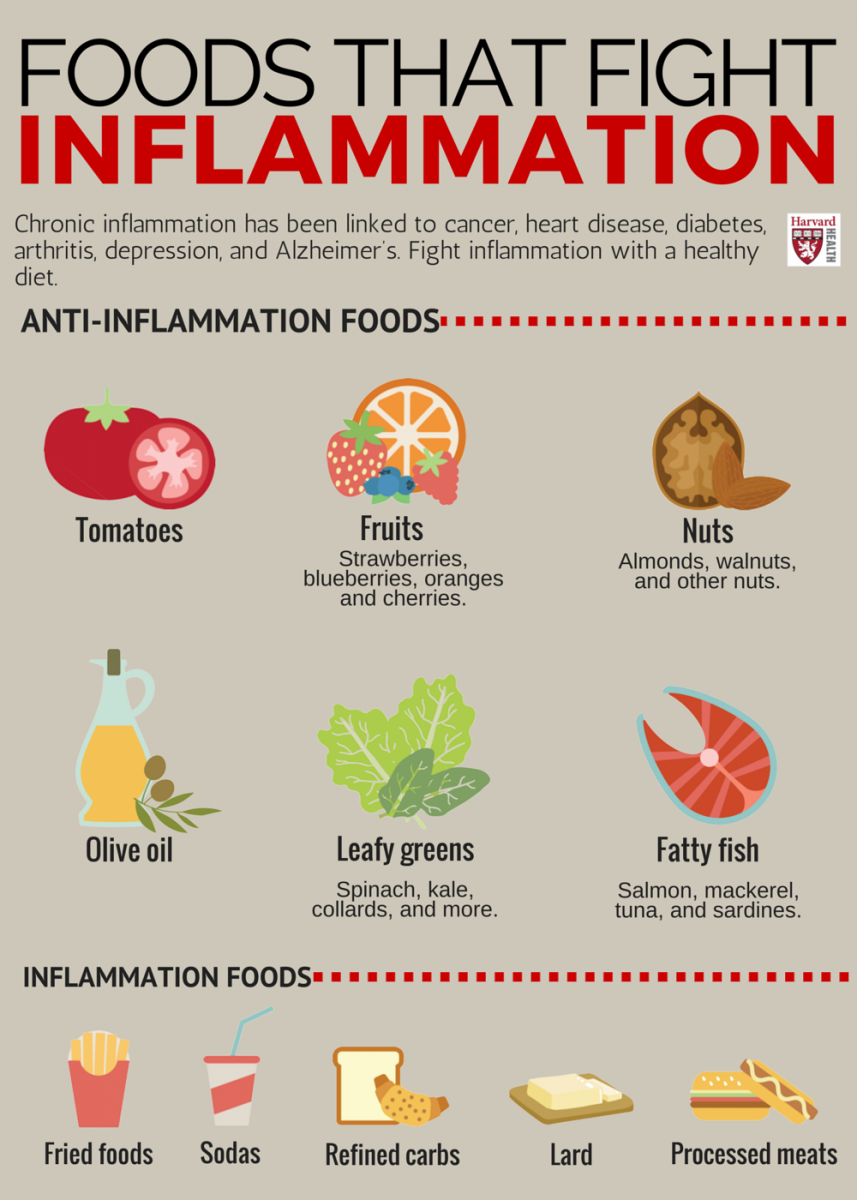Article
Inflammation: The Duplicitous Fires Within
Diet is precisely where we have the opportunity to provide our bodies with cellular mediators of inflammation.
Inflammation is a new health buzzword everyone is talking about. As science and research delve deeper into the root causes of illness, they are constantly linked back to the age-old biological mechanism of inflammation. Inflammation is a series of complex biologic and immune responses to true or perceived harmful stimuli or irritants. Inflammare or ‘to set aflame’ was described by first century physician, Dioscorides, in a way that is still taught in medical schools: heat, redness, swelling and pain.
While unpleasant, these hallmarks demonstrate that the body’s innate immune response is indeed working. Our bodies repel threats like microbes that could potentially make us sick while at the same time healing cells damaged in the process. This type of acute inflammation is usually localized to the area of trauma. If the agent causing the trauma persists, the inflammatory response becomes protracted and the adaptive physiologic response to injury becomes a self-destructive process.
Evidence is mounting that a subclinical prolonged smoldering inflammation is a liability with significant health costs. Chronic inflammation is the common denominator associated with many chronic diseases. For example, the buildup of plaque appears to be at least partially mediated by an inflammatory response in attempt for arteries to heal themselves. This response is now being extended to include the effects of emotional stressors, whether from a job, unhappy or unsavory home life, extended feelings of anger, helplessness, or despair. Emotional state and the cascade of hormones that ensue, play a delicate and still too-often overlooked role health and disease.
H.pylori
The tipping point beyond normal healing where inflammation becomes pathologic and helps conspire and aid in disease and carcinogenesis isn’t entirely understood. People suffering from chronic inflammatory diseases like chronic obstructive pulmonary disease, inflammatory bowel disease or infections like or hepatitis viruses have higher incidences of developing cancer in the affected tissues. The hypothesis is that the chronic stress and inflammation may create an environment conducive to cancer. Overproduction or constant production of inflammatory factors including cytokines and hormones are then requisitioned to allow cancer growth and progression, creating a new network of blood vessels to nourish a burgeoning tumor.
chronic
Environment plays a principle role in this type of inflammation. While it remains unreasonable to try to treat and cure cancer without the best conventional medicine (surgery, radiation, chemo-, endocrine-, immuno-therapies, etc), we all too often neglect the natural capacity of our bodies to protect against tumors and enhance the benefits of treatment. We can do this by controlling certain aspects of our individual environments.
Diet is the precise area where we have the opportunity to provide our bodies with cellular mediators of inflammation. At the basest level, what is our food but molecules? We can exploit these natural chemicals to intervene in the chronic inflammatory process. For example:
- COX-2 is an enzyme switch to determine the cascade of inflammatory cytokines produced. Anti-inflammatory medication like aspirin, ibuprofen and naproxen are COX-2 inhibitors and thereby prevent the pro-inflammatory cascade. Fatty fish, turmeric and other foods contain components that are likewise COX-2 inhibitors!
- NF-kappa B is another zealous pro-inflammatory factor that is inhibited by catechines found in green tea!
- Overproduction or constant production of insulin another compound, IGF-1, promote factors of inflammation. Foods high in fiber help blunt this peak in hormone production and prevent the buildup of non-productive insulin, called insulin resistance.
- Physical activity modifies hormone balance and stress management lowers pro-inflammatory serum cytokine levels.
chemicals
en masse
Diet and optimal nutrition can provide a powerful anti-inflammatory and anti-cancer phyto-chemical armada. With every bite, snack or meal we have the unique opportunity to eat a host of food to inhibit chronic inflammation and promote health.
“Cancer patients, survivors and their families should eat foods rich in antioxidants that are known to fight inflammation. Fruits and vegetables in a variety of colors will provide a range of antioxidants,” recommends Jackie Topol, MS RD CDN, Registered Dietitian and Culinary Nutritionist. She cautions, however, that these foods must be consumed within the scope of a “healthy diet that provides adequate calories, proteins and fluids especially for patients actively undergoing treatment.”
truly
or
With an obscure and enigmatic epithet as “anti-inflammatory,” it’s no wonder why it’s used so prevalently but also clumsily. For me, to classify a food as anti-inflammatory, it should be able to contain some component to act as a COX-2 inhibitor and/or NF-kappa B inhibitor and/or blunt insulin/IGF-1 response and/or mediate the inflammatory cascade at another point in the cascade. In future posts, I plan to expound on some of these foods specifically and processes.
Anti-Inflammatory Diet and Lifestyle Interventions
- Stop smoking Seriously, just stop
- Avoid trans fats Hydrogenated or partially hydrogenated oils
- Limit saturated fats Meat, processed meat, poultry skin, cheese
- Limit high glycemic index foods Added sugars, white flours Artificial and natural sweeteners in beverages
- Include mono- and poly-unsaturated fats Olive oil, avocado, nuts and seeds like walnuts, almonds, flax
- Increase omega-3 fats, eicosapentaenoic acid (EPA) and docosahexaenoic acid (DHA) Fatty fish like wild salmon, arctic char, sardines, anchovies
- Increase the spectrum of antioxidants and phytochemicals Fruits and vegetables with a variety of colors as these powerful molecules are often found in the pigment of produce. Specifically, include Dark leafy green vegetables such as spinach, kale, collards Cruciferous vegetables such as broccoli, cauliflower, Brussels’ sprouts Berries, pomegranate Citrus like grapefruit, lemon, lime Tomatoes and tomato products (no sugar added, of course) Mushrooms like white, cremini, maitake, shiitake, etc. Winter and summer squashes
- Whole grains and legumes Quinoa, black rice, barley, bulgur, lentils, beans
- Increase herbs, spices and other aromatics Garlic, onion, ginger, turmeric, oregano, chili peppers, etc
- Drink tea for EGCG Highest in green and white teas Cook with tea instead of broth
- Start moving Burns calories, helps manage weight Emotional outlet for hormone and stress management, improves our happiness and productivity Evidence is mounting that chronic sitting, if you will, is damaging. So even if you exercise, set an “inactivity alarm” on your phone or computer to remind you to walk and take the stairs during the day
- If you choose to imbibe, do so within moderation. Less is more. Men: Limit to 2 drinks per day max Women: Limit to 1 drink per day max
Follow Amanda on Twitter @AmandaBontempo and Instagram @AmandaBonBon

Infographic from Health.Harvard.edu




